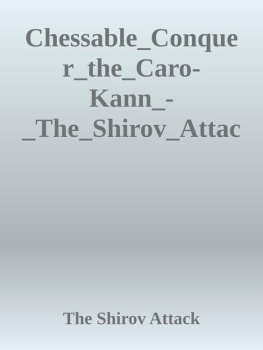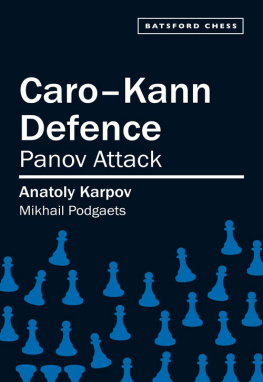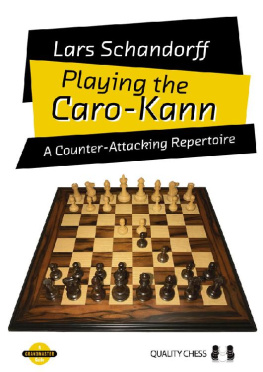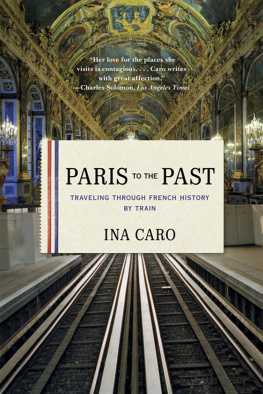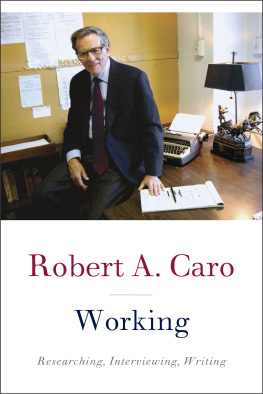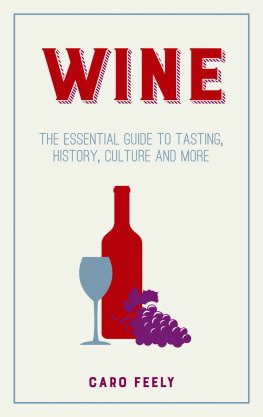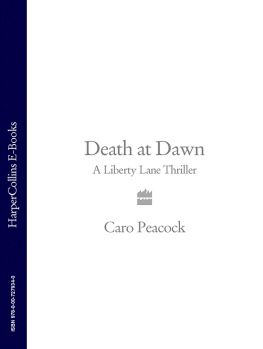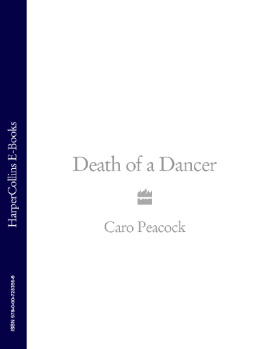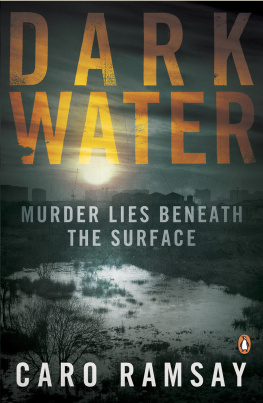Chessable: Conquer the Caro-Kann - The Shirov Attack
Here you can read online Chessable: Conquer the Caro-Kann - The Shirov Attack full text of the book (entire story) in english for free. Download pdf and epub, get meaning, cover and reviews about this ebook. genre: Home and family. Description of the work, (preface) as well as reviews are available. Best literature library LitArk.com created for fans of good reading and offers a wide selection of genres:
Romance novel
Science fiction
Adventure
Detective
Science
History
Home and family
Prose
Art
Politics
Computer
Non-fiction
Religion
Business
Children
Humor
Choose a favorite category and find really read worthwhile books. Enjoy immersion in the world of imagination, feel the emotions of the characters or learn something new for yourself, make an fascinating discovery.
- Book:Chessable: Conquer the Caro-Kann - The Shirov Attack
- Author:
- Genre:
- Rating:4 / 5
- Favourites:Add to favourites
- Your mark:
- 80
- 1
- 2
- 3
- 4
- 5
Chessable: Conquer the Caro-Kann - The Shirov Attack: summary, description and annotation
We offer to read an annotation, description, summary or preface (depends on what the author of the book "Chessable: Conquer the Caro-Kann - The Shirov Attack" wrote himself). If you haven't found the necessary information about the book — write in the comments, we will try to find it.
Unknown: author's other books
Who wrote Chessable: Conquer the Caro-Kann - The Shirov Attack? Find out the surname, the name of the author of the book and a list of all author's works by series.
Chessable: Conquer the Caro-Kann - The Shirov Attack — read online for free the complete book (whole text) full work
Below is the text of the book, divided by pages. System saving the place of the last page read, allows you to conveniently read the book "Chessable: Conquer the Caro-Kann - The Shirov Attack" online for free, without having to search again every time where you left off. Put a bookmark, and you can go to the page where you finished reading at any time.
Font size:
Interval:
Bookmark:
[Event "?"]
[Site "?"]
[Date "????.??.??"]
[Round "?"]
[White "1. Introduction to The Shirov Attack"]
[Black "Introduction"]
[Result "*"]
1. e4 c6 2. d4 d5 3. e5 Bf5 4. Nc3 e6 5. g4
{ This constitutes the Shirov Attack Variation of the Advanced Caro-Kann. Objectively speaking, Black can equalize in this opening. However, let us talk about why this is such an effective opening. First, think about how you would describe a Caro-Kann player. Do you think they like sharp, wild, tactical positions or do they generally prefer boards that are under control with mostly positional themes and solid pawn structures ? My opinion is that they are the latter most of the time. Playing the Shirov Attack Variation is the best way to force them into the type of game they do not want and yet still be playing a variation that can be deemed sound. So, if you get to this point, you have already won a small psychological and practical victory. Second, familiarity with this opening grants a tremendous advantage. Black tends to have a cramped position with difficulty developing and difficult decisions to make giving them a lot of opportunities to wander into a lost position slowly or even all of a sudden. The themes for White tend to be consistent and full of favorable tactics. One last general point is that trying to focus on engine evaluations can be very misleading in this opening as the evaluation of cramped kingside pieces is very difficult for computers to evaluate with great precision so do not be afraid of values close to 0.00 +/- 0.25 in either direction. The engines even disagree greatly at some positions with as much as +2.5 for White when another says -0.5 for Black (even after giving both over 10 minutes to evaluate the position) . This is a testament to the difficulty in evaluating some positions and that the more familiar player will have a significant advantage in finding favorable paths forward. This opening is anything but drawish. The better and more prepared player has a major advantage. Let us now turn to more play specific points and plans. What is White trying to accomplish in this opening ? White intends to push the kingside pawns and cramp the Black kingside pieces. Black is left with two choices, try to burrow into a tight ball and survive or strike back in the center (the classic response to a flank attack) . I will tell you right now that the first strategy almost never works. White has too much space and coordination for Black to manage the weaknesses on the kingside for a prolonged siege. Therefore, Black generally has to fight back in the center. There is a problem though, Black has already played c6 and will usually need to play c5 to fight back in the center (f6 is also a path to do so, but it can be double-edged to move a kingside pawn and it may just help White if the e-pawn is weakened in such fashion) . So, back to c5, Black will have spent two tempi on this pawn and usually will spend three on securing the light-square Bishop to h7. That is a lot of time to spend in an opening, even when it has a somewhat closed center. Moreover, once c5 is played, the game is virtually guaranteed to be a tactical melee with lots of resources available to White to make Black very unpleasant. Additionally, castling long also leaves themself a bit more exposed and makes any queenside counter-play very dangerous for themself. Therefore, their other alternatives are to either try to survive in the center (which Black is often trying to open for counter-play) , or castle short and hope the center play suffices. Again, Black can defend and equalize, but they are fighting from a corner for a long time. This means White has excellent practical chances for a win with this opening. This is one of my favorite openings for White, but it is worth considering it as an augmentation to more conventional Advanced Caro-Kann lines against opponents that know you. Having to be ready for both is a very onerous task for the Black player. I hope you will enjoy playing this opening as much as I have. If you put the work in, you will take a lot of rating points from your opponents with this weapon ! }
5... Bg6
{ Unlike in the Bayonet Variation (g4 without Nc3 and e6 played) , Black can no longer retreat to d7 nor is e4 a good square due to Nxe4 when the stranded pawn on e4 will be an easy target for White with moves like c3, Bg2, and Qe2. That makes Bg6 essentially forced. }
6. Nge2
{ We will not consider any deviations before this move. Nge2 is intended to support d4 as well as provide the Knight the threat of going to f4 and trading itself for the Bishop if allowed or to win the h-pawn if Black plays the h5 defense. General plans for White: 1. Play h4 and/or Nf4 threatening the Bishop to compel Black to push the h-pawn and impede Black's development of his kingside pieces. We are generally very happy to trade the Knight for the Bishop, but most especially if it results in doubled g-pawns. 2. Generally, though exceptions exist, we want to keep the g-pawn on g4 to restrict a Black Knight from coming to f5. 3. The role of the Knight on e2 is the most varied. It may go to f4 hitting the Bishop, recapture on c3 in Bb4 lines by Black, recapture on d4 in cxd4 lines by Black, or even go to g3 in some lines. 4. The duty of the Knight on c3 is usually to trade itself off for a Bishop by Bxc3 or Nxe4. However, there is are some tactical opportunities for which to watch. The first is playing Nb5-Nd6+ when Black has blocked the Bishop capture on d6 with Ne7 and the other Knight is already on f4 threatening the Bishop. Black will be compelled to move the Knight from e7 when Nxg6 gives us our coveted targets of doubled g-pawns. Less common, but also possible, are some Nxd5 sacrifices for which to be aware. 5. The light-squared Bishop usually comes to e3, particularly if c5 is played. 6. The dark-squared Bishop usually goes to b5 when c5 has been played. From b5 the Bishop generally pins a Knight that is threatening the e-pawn if the d-pawn is traded off with cxd4. In systems without c5, the Bishop is often better placed eventually on g2 or h3. 7. f4 is a common theme to support the e-pawn and often to break open the center with f5. 8. The Rook placements depend greatly on the Black setup, although it is worth noting that Rh3 is a common destination when it has multiple further options. 9. The Queen usually belongs on d2 or f3. 10. The White King will usually remain in the center for a prolonged period, if not permanently. However, castling in either direction is possible with queenside castling being somewhat more common. 11. There are two major plans for which White generally goes. The most common is to develop rapidly and break open the center and/or kingside for a decisive attack on the King or material advantage. The second major plan is when Black allows the doubling of g-pawns (by fxg) when White may have to take a more positional build-up against the g6 weakness or the resulting e6 weakness. General plans for Black: Black has a variety of defensive schemes to try. They will essentially have to play c5 or f6 to obtain any counter-play. The h-pawn almost always has to go to h5 (most aggressive, but may cost Black a pawn) or h6 (more passive, but resilient) . Castling long is most likely of the two sides. The major challenge is the Bishop and Knight fighting over the e7 square. Sometimes the Bishop goes to b4 which may or may not trade off, but these lines are very favorable for White in my opinion. The Black Queen is usually best placed on c7 adding pressure to the e-pawn, but she may try going to b6, a5 or even h4 early. Black will constantly look for opportunities to move a Knight to the f5 square if the g-pawn ever leaves g4. Not allowing a Knight to get on f5 is the most important positional feature to prevent in almost all lines, though there are a few tactic-based exceptions. Black's general plan is to solve their development problems, try to castle, and find counter-play in the center. One will see it is not impossible to solve one or two of these objectives, but solving them all is a real challenge and solving even one of them usually comes at a price (a pawn, a doubled g-pawn, an exposed King, giving up the Bishop pair, etc.) . }
Next pageFont size:
Interval:
Bookmark:
Similar books «Chessable: Conquer the Caro-Kann - The Shirov Attack»
Look at similar books to Chessable: Conquer the Caro-Kann - The Shirov Attack. We have selected literature similar in name and meaning in the hope of providing readers with more options to find new, interesting, not yet read works.
Discussion, reviews of the book Chessable: Conquer the Caro-Kann - The Shirov Attack and just readers' own opinions. Leave your comments, write what you think about the work, its meaning or the main characters. Specify what exactly you liked and what you didn't like, and why you think so.

